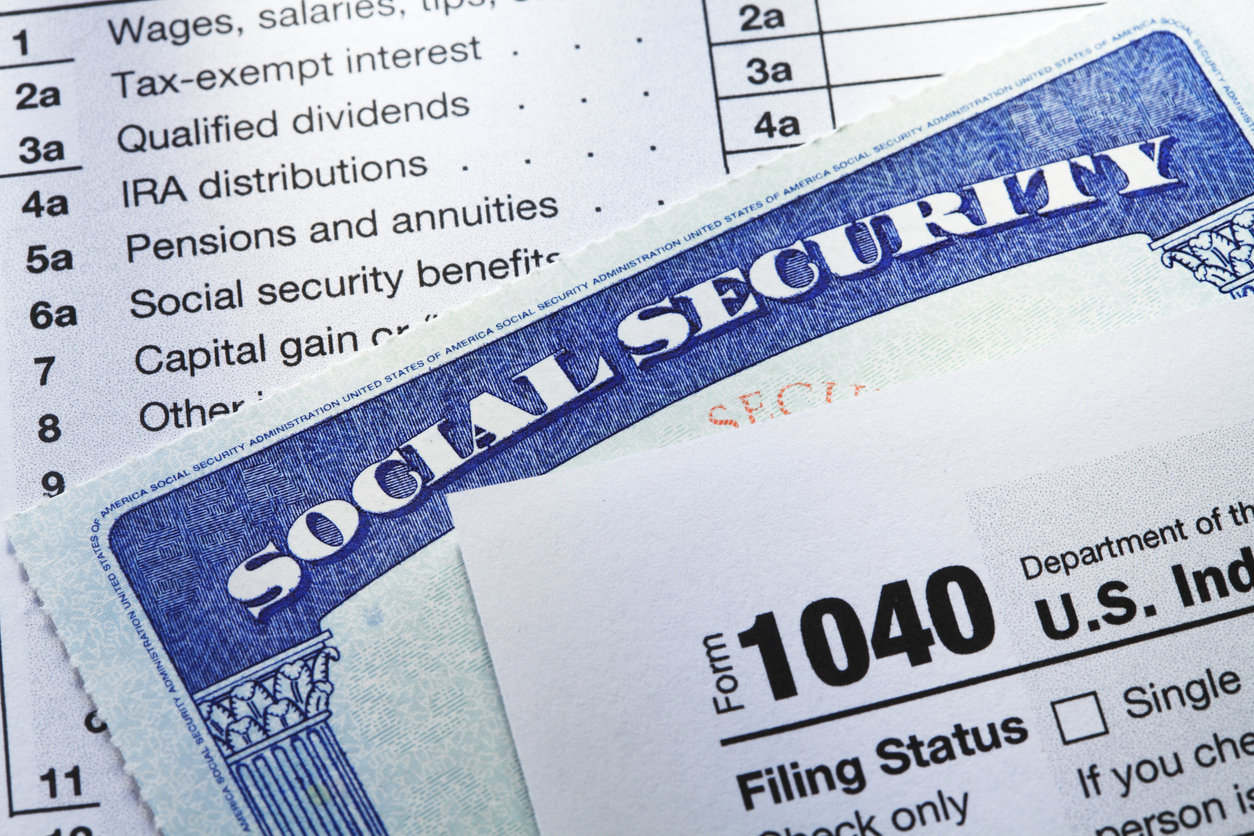
Avoiding the Big Retirement Risks
Retirement is just as much a leap of faith as any other significant life change. No matter how much you prepare, you will only really understand all the implications when you start your new life. That’s one reason we believe that to address retirement risks, the first requirement of a good retirement plan is that it needs to be flexible enough to efficiently encompass changes in your life as you adjust to your new situation.
How do we get to maximum flexibility? It starts with avoiding retirement risks. The more your plan is set up to accommodate predictable events or situations, the greater your ability to adjust to the unpredictable.
Making Sure You Don’t Outlive Your Money
The Social Security Administration reports that the average life expectancy for a man reaching age 65 in 2023 is just over 84 years, and for a woman, it is almost 87 years. A twenty-year retirement is a norm now, and for many people, it can be a decade or longer than that.
Expenses in retirement are often high during the early, active years. In the middle years of retirement, expenses may drop. But longer life expectancy often means increased expenses in the last years of retirement to pay for health care. Returning to our 65-year-old couple above, Fidelity estimates that healthcare expenses may be approximately $315,000 throughout their retirement – over and above Medicare.
How do you mitigate this longevity risk? It comes down to three things:
1) Keep a careful eye on expenses and update budgets regularly
2) Maximize guaranteed income by delaying claiming social security
3) Invest with a bucket strategy for short-term, mid-term, and long-term needs. This allows you to keep capital growing for long-term needs and to ensure you have what you need in the short term without liquidating investments at a loss
Keeping an Eye on Inflation – But Not Too Close
The high levels of inflation we’ve seen in the last couple of years are hitting everyone’s wallet. That is one of the biggest retirement risks today. But taking a longer view, over the previous 50 years to 2021, inflation has averaged about 3.8% annually. The stated goal of the Federal Reserve is for inflation to remain around 2% annually.
Building an income strategy around today’s high inflation could result in taking too much income out of your plan in the early years. It’s also a good idea to go beyond the statistics and consider how inflation affects you. High inflation rates aren’t as much of a threat for many retirees. Social security is indexed to inflation, so some income will keep pace. Retirees also may have a smaller outlay on things impacted by inflation than people still in their working years.
Include a modest assumption for inflation in your income planning, and for temporary spikes, some remedial budget-cutting is probably enough to keep you on track.
Paying Attention to Your Taxes
You’ll be in a lower tax bracket in retirement, right? Well, maybe. You don’t have the same deductions as when you were working, and once you hit 73, required minimum distributions (RMDs) turn your tax-advantaged savings in 401(k)s and IRAs into big chunks of taxable income. And if your income gets too high, you may end up paying a tax on Medicare through the IRMAA, which kicks in at higher income levels.
You don’t have to give up control of your income if you plan ahead. You can deploy several tax strategies, particularly in the early years of retirement. One of the most advantageous is a Roth conversion, which allows you to take money from your tax-efficient accounts over the course of several years when your income is low, pay the taxes, and then reinvest in a Roth account. Roth accounts grow tax-free, and no taxes are due when you withdraw the funds.
The key is to take a multi-year planning approach. The goal is to even out income streams to keep taxes as low as possible.
The Bottom Line
Retirement changes your mindset from being a saver to essentially a spender as you begin to live on the nest egg you accumulated. You won’t have income from work, but you will have more freedom. For many retirees, the newfound freedom opens new doors. Ensuring you can make your retirement assets match your retirement lifestyle means mitigating the big retirement risks.
Let Hennion and Walsh Offer a Second Opinion
We’ve outlined the most essential changes, but the new law is extensive. Curious to learn more? Our unmatched client experience will give you peace of mind. Just as you may seek a second opinion about your health, we believe successful investors can gain value and peace of mind by getting a second opinion on their financial health. So, whether you’re worried about today’s uncertain economic environment or looking for increased peace of mind, we can help. Get a complimentary second opinion on all your investment accounts not held at Hennion & Walsh today!
Hennion & Walsh Experience
We have investment professionals, planners and portfolio managers that can collectively analyze your situation through the lens of their respective disciplines. Each member brings valuable insights to apply to your situation. Whether you are looking for income strategy guidance or growth strategy guidance, a second opinion of all your investment accounts not currently held at Hennion & Walsh could be beneficial to your financial health.
Disclosures:
Hennion & Walsh Asset Management currently has allocations within its managed money program, and Hennion & Walsh currently has allocations within certain SmartTrust® Unit Investment Trusts (UITs) consistent with several of the portfolio management ideas for consideration cited above.
Past performance does not guarantee future results. We have taken this information from sources that we believe to be reliable and accurate. Hennion and Walsh cannot guarantee the accuracy of said information and cannot be held liable. You cannot invest directly in an index. Diversification can help mitigate the risk and volatility in your portfolio but does not ensure a profit or guarantee against a loss.




